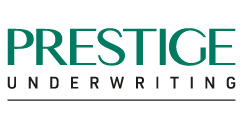What is buildings insurance?
Buildings insurance – Comprehensive Protection
Buildings insurance is a fundamental component of home insurance, providing essential coverage to homeowners. It serves as a financial safeguard against the potential costs associated with repairing or rebuilding a home that has suffered damage or destruction due to various unforeseen events.
Covered Elements
Moreover, this type of insurance extends coverage to the structural components of your home, encompassing the roof, walls, and windows. Additionally, this type of insurance includes protection for permanent fixtures and fittings within the property. This can range from fitted kitchen units to bathroom suites, ensuring that integral elements of your home are covered in the event of damage.
Shielding Your Home
The primary purpose of buildings insurance is to shield homeowners from the financial burden of repairing or reconstructing their homes. Whether it’s damage caused by natural disasters, accidents, or other covered events, buildings insurance steps in to alleviate the costs associated with restoring the structure to its pre-damaged state.
Financial Security
Investing in buildings insurance, therefore, provides homeowners with peace of mind, knowing that their most significant investment—their home—is protected against unexpected challenges. This type of coverage is particularly crucial for individuals who have mortgages, as lenders often require insurance to mitigate their risk.
Summary
By understanding the purpose of buildings insurance, homeowners can make informed decisions about their insurance needs, ensuring comprehensive protection for their homes.






